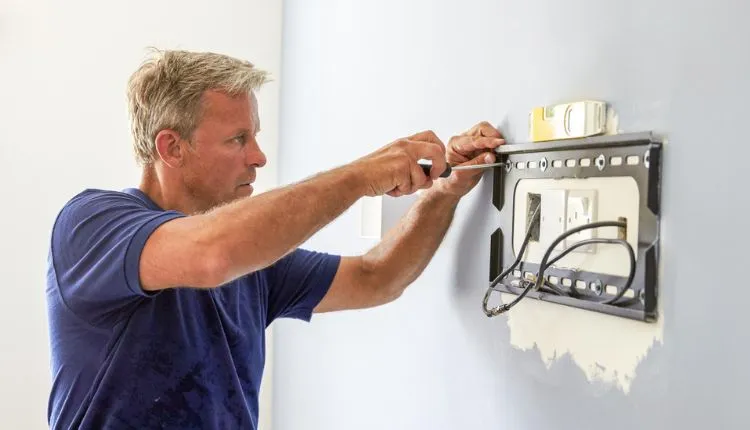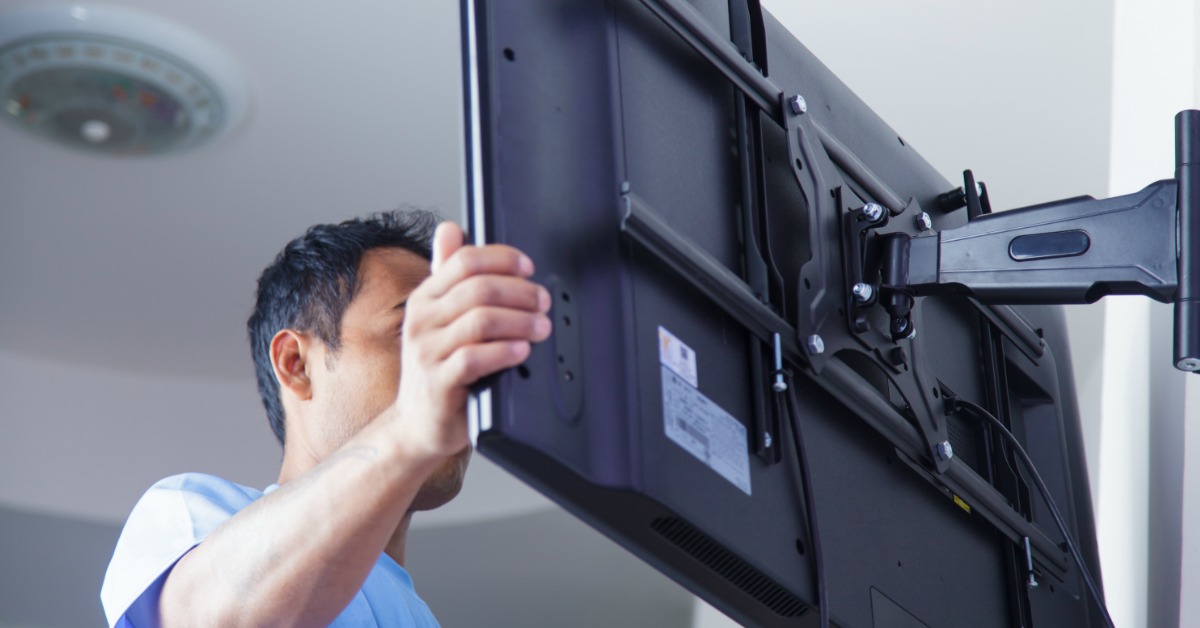
What You Need To Know When Mounting A TV
Mounting a TV is a great way to save floor space and give your room a more cinematic feel. But it’s important to do it right, especially if you’re mounting a new TV or doing it for the first time. If you’re mounting a flat-panel TV, it should be no higher than eye level. Test it out in different positions to find the best fit for your viewing preferences and wall space.
Placement
Placing a television on a flat surface can make the difference between a comfortable viewing experience and one that isn’t. Bad placement can cause neck pain, reduce apparent picture quality and affect the way that viewers interact with the screen. It’s important to choose a TV mount that will fit the space in your home and accommodate your specific needs. There are several different types of mounts, including fixed and tilting models.
You should also consider your room layout and how you want to use the space. For example, you may want to keep your TV on a wall away from the center of the room and close to a seating area, or you may prefer to hang the TV from the ceiling. There’s no definitive height for a television, but a general rule of thumb is that the center of the screen should be at eye level when seated. This can vary by family member, but it is an ideal starting point for determining the best height to your tv mounting.
Tools
If you’re planning on mounting a television, you’ll need the right tools. Usually, this requires a power drill, socket wrench, stud finder, level and measuring tape. Using these tools, you can mount your TV securely and safely on the wall. However, it’s important to be careful and not accidentally drill into the drywall or brick wall. In addition to the power drill, you’ll need a level, wood and concrete drill bits, socket wrenches and safety goggles. Having these tools can help you avoid stripping screws from the wall.
A stud finder is essential to locating studs, which are the strongest sections of the wall. Identifying them will allow you to securely screw the center of your TV mount into them. Once you’ve found the studs, use a stud template to mark where you will be drilling your holes. This will help you offset the mount to ensure that the center is securely mounted to the studs.
Materials
Once you’ve figured out where you want to put your TV and what kind of mount you want to use, you’ll need to gather the right materials for mounting it. You’ll need a drill, a stud finder, a screwdriver, and the tv mounting kit itself. Using the stud finder, locate the studs on your wall where you plan to hang the TV. This is important because the weight of your TV will be supported by the studs when you mount it.
Some mounts work with a single stud, while others require two or more studs. Regardless of the type, your TV will need to be anchored into the studs for it to stand securely. Depending on the type of mount you choose, you may also need to buy snap toggles or other types of hardware to hold your TV to your wall. Keep in mind that hollow-wall drywall will only support total weights of about 100 pounds (TV, peripherals, and mount).
Installation
A TV mount is a great way to save space in your entertainment room and improve your viewing experience. However, if you don’t have a plan when mounting your TV, the process can become a nightmare. Choosing the right wall for your TV is critical to getting a high-quality display. A neutral, drywall-finished wall is ideal, as it will keep the focus of the viewing experience on the TV rather than on other furniture or accessories.
Once you have chosen the ideal location for your TV, use a stud finder to locate the studs behind the wall. The studs must be able to support at least four times the combined weight of your TV, all attached hardware and components. Once you’ve found the studs, drill holes to secure the mount to them. A stud finder, level, properly-sized drill bits, a socket set and a drill are all necessary to do this job properly.
Conclusion
So, Mounting your TV is a great way to save floor space, elevate the screen and keep the room clutter free. But it can be tricky if you don’t plan it well. When determining the best spot for your TV, consider how you like to watch it and your wall’s studs. Also, be sure to leave enough clearance around the television to avoid hitting anything.


